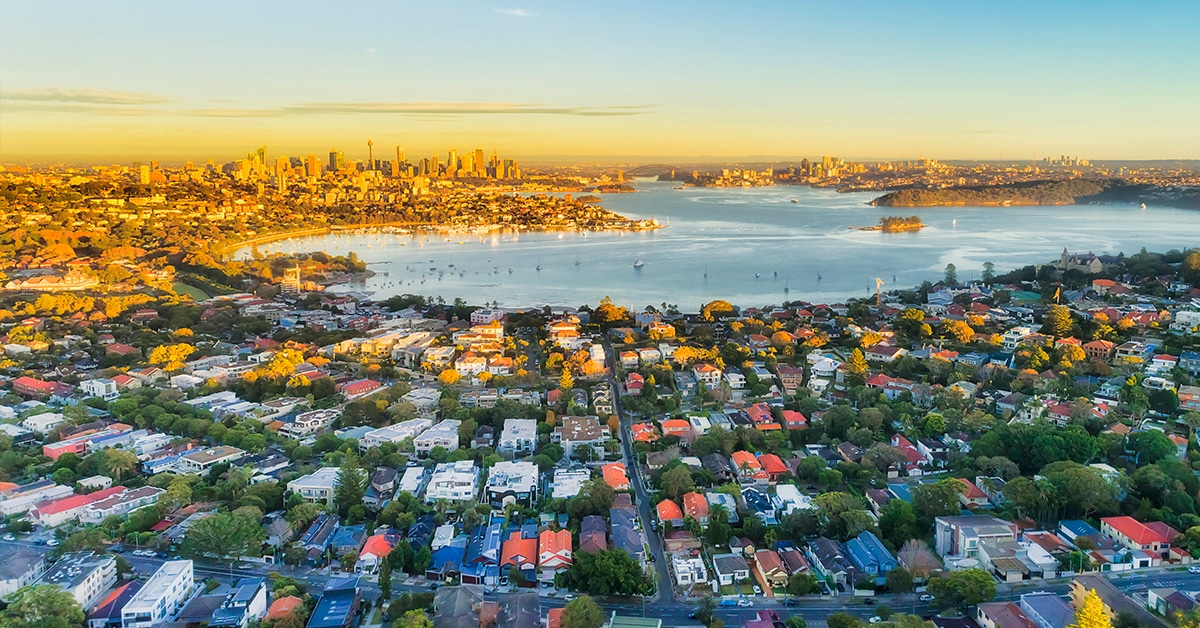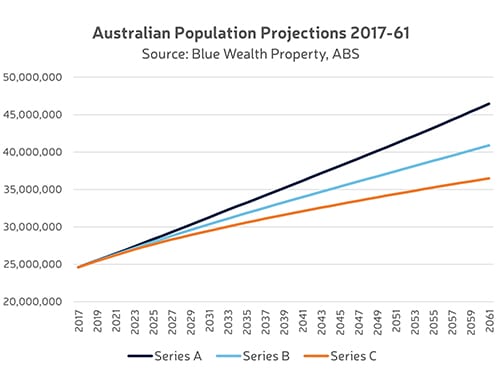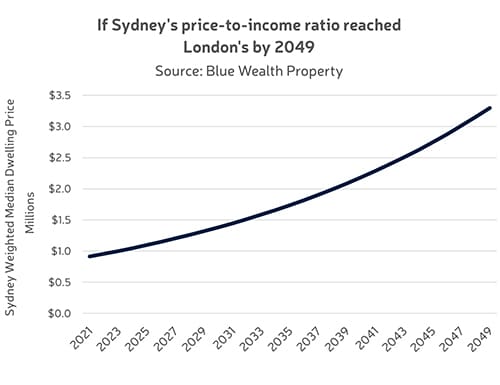Please fill out the details below to receive information on Blue Wealth Events
"*" indicates required fields

Happy census day! If there’s one thing you can say with relative certainty about 40 years from now, it’s that you’ll be filling out another census. The 2061 census, in fact.
By 2061, the UN expects global population to reach somewhere in the range of 9.5 and 11 billion. The ABS expect Australia’s population to reach somewhere in the range of 36.5 and 46.4 million. If Australia reaches the higher projection, Brisbane’s population will be double what it is today, and Sydney will be the approximate size of present-day Seoul.

Home construction
With a population increase of somewhere in the range of 10 and 20 million over the coming four decades, a key challenge facing Australia will be where to house our new residents. With an average of 2.6 people for each household (at current levels), that’s a requirement of somewhere between 3.85 million and 7.7 million new homes across the country. In other words, Australia needs somewhere between 11 and 22 new homes on the hour every hour for the next 40 years.
This rate of supply is achievable. In the decade to Q1 2021, an average of 21.26 new homes were completed every hour. The problem is that each new home built doesn’t necessarily result in one extra Australian home. Particularly in cities, where new developments are usually built on a site previously occupied by older dwellings. The net increase in the number of private dwellings in the 10 years between the 2006 and 2016 censuses was 1.47 million (or 16.8 per hour). Still comfortably above the lower range population estimate, but the problem is that Australian population growth usually outperforms the forecasts.
Prices
In the case of a supply-demand imbalance in the coming four decades, we are almost certain to see prices continue their aggressive upward trajectory. If you think that’s impossible, you’re mistaken. Although Sydney’s housing is Australia’s most unaffordable, this pales in comparison to other global powerhouse cities such as London and New York. In these cities, the ratio of dwelling prices to household incomes is nearly 50 percent higher. If Sydney reached London’s price-to-income ratio at the time it reached London’s current population, then by 2049 the median dwelling price could be $3,296,048**

Design
If Australia sticks to the Paris Agreement, by 2061 we should have been carbon neutral for about a decade. To accomplish this, Australian housing will have to undergo significant transformations in construction and living. The largest contributor to emissions in Australia is electricity generation. This means a greater proportion of our buildings will be supplied by renewable energy sources via distribution channels, as well as local sources (such as solar panels on the roof). Fitting more people within cities also means Australians will likely continue to build upward instead of outward. If every new Sydney home between now and 2061 was built on a 200sqm block of land, it would consume more space than Royal National Park and Ku-Ring-Gai Chase National Park combined. Therefore, residents of our major cities will be likely to continue seeing cranes in the sky for decades to come.
**Assumes 3.5 percent annual household income growth and a 2049 price-to-income ratio of 12
